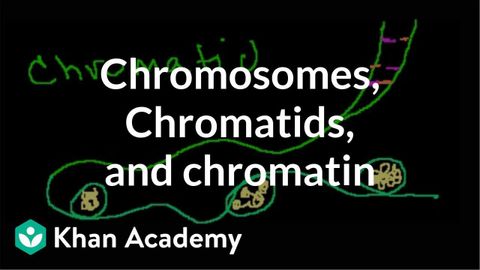染色体、クロミッド、クロマチンなど (Chromosomes, Chromatids, Chromatin, etc.)
keep seeing が 2021 年 01 月 14 日 に投稿  この条件に一致する単語はありません
この条件に一致する単語はありませんUS /ɪˈsenʃəli/
・
UK /ɪˈsenʃəli/
- n. (c.)(腰 : 頭 : 肩などに巻く)布;(トルティーヤでできたサンドイッチのような)ラップ
- v.t.周りを動き回る;包む
US /ˈstrʌk.tʃɚ/
・
UK /ˈstrʌk.tʃə/
- n. (c./u.)構造;建物
- v.t.組み立てる;組織する
US /'sepəreɪt/
・
UK /'sepəreɪt/
- adj.違う;別々の
- v.t.離す;割く
- v.i.別居する
エネルギーを使用
すべての単語を解除
発音・解説・フィルター機能を解除

